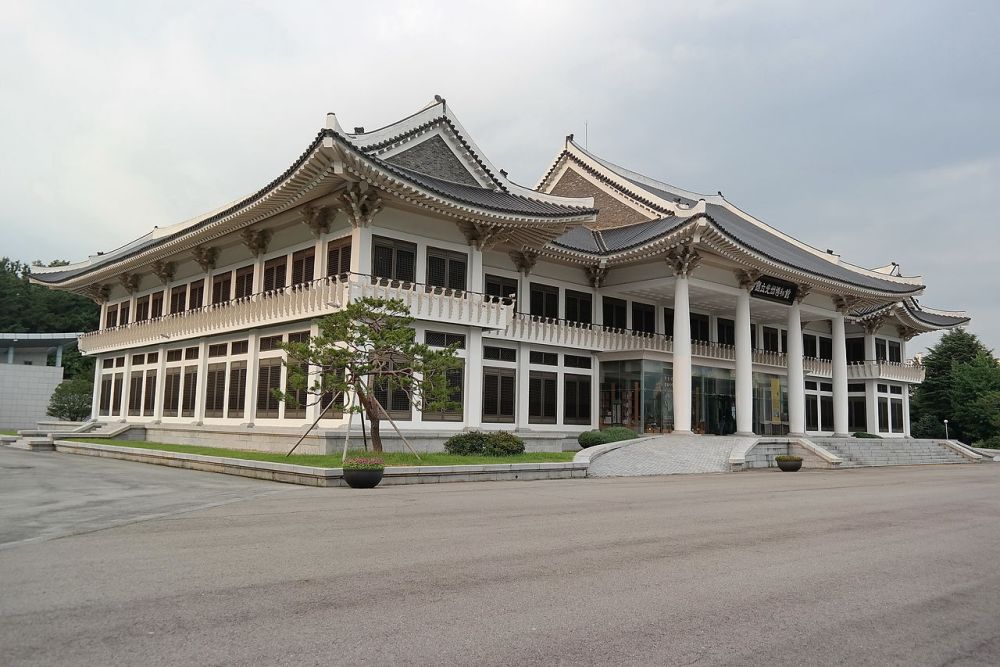

The Gwangju National Museum is a cultural institution located in the heart of Gwangju, South Korea. It is dedicated to the preservation, research, and exhibition of Korean historical artifacts, especially those related to the southwestern region of the country. The museum offers an enriching experience for those interested in the history and traditional culture of Korea.
The Gwangju National Museum was established in 1978 to promote understanding of the rich cultural heritage of the Jeollanam-do region. Over the years, the museum has become an important destination for cultural tourism, attracting visitors from around the world who are keen to learn about Korea's past. With its diverse collection of ceramics, paintings, sculptures, and folklore materials, the museum has been pivotal in educating visitors and preserving Korean history.
Tourism at the Gwangju National Museum has evolved substantially since its opening. Initially, the museum primarily served academic visitors and local tourists. However, with the global rise in interest in South Korean culture, including the Hallyu wave (Korean Wave), the museum has seen an increase in international tourists.
The museum's engagement with educational programs, thematic exhibitions, and international exchanges has also significantly contributed to its tourism history. It has continuously adapted to provide a platform for dialogue on historical matters and helped to position Gwangju as a city of culture and art within Korea and beyond.
The latest trends in tourism at the Gwangju National Museum reflect a broader trend in the tourism industry towards immersive and interactive experiences. Visitors are increasingly looking for opportunities to engage with history in a hands-on way. This has led to the development of:
Eco-friendly tourism has also become a focus, with the museum taking steps to reduce its environmental impact. There is an emphasis on sustainable practices within the museum's operations, aligning with a global shift towards conservation and sustainability in the tourism sector.
Furthermore, with the advent of social media, the museum has embraced digital outreach to connect with a younger audience. Online exhibitions, interactive social media campaigns, and virtual tours have become part of the museum's strategy to attract new visitors and enhance the educational experience.